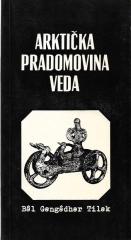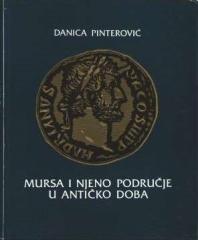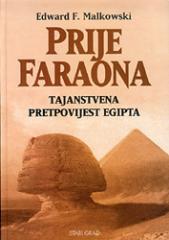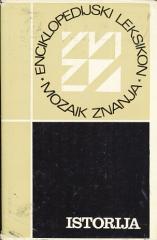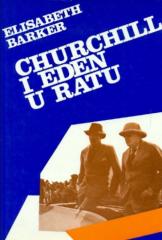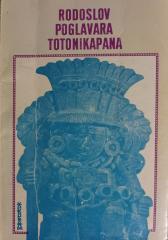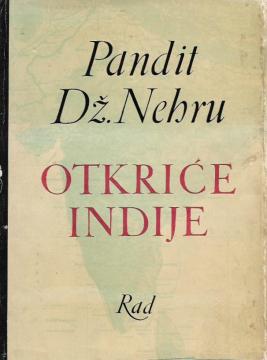
Otkriće Indije
The Discovery of India, written in 1946 during Nehru's time in prison, is a monumental work that explores the history, culture, and spirit of India. Nehru, a key figure in the Indian independence movement, writes about the past and with a vision for the n
Nehru begins his study with ancient Indian civilizations, such as Harappa and the Vedic period, describing the development of religions (Hinduism, Buddhism, Jainism) and their impact on society. Nehru explores Indian philosophy, science, and art, highlighting contributions such as Ayurveda and mathematical discoveries. He moves on to medieval dynasties, including the Mughals, and analyzes their cultural and political influence.
The book also deals with the colonial period, especially British rule, which Nehru criticizes for economic exploitation and social stagnation. He connects the past with the struggle for independence, emphasizing the spirit of resistance and unity of diverse Indian communities. Nehru reflects on Indian identity, emphasizing tolerance and the synthesis of cultures as the strength of the nation.
Through personal anecdotes, such as his time in prison, Nehru reveals his connection to India, but also his concerns for its future. The book ends with an optimistic vision of a modern India that combines tradition with progress. "The Discovery of India" is a profound reflection on the Indian soul, written with erudition and passion.
One copy is available
- Traces of patina
- Damaged book cover
